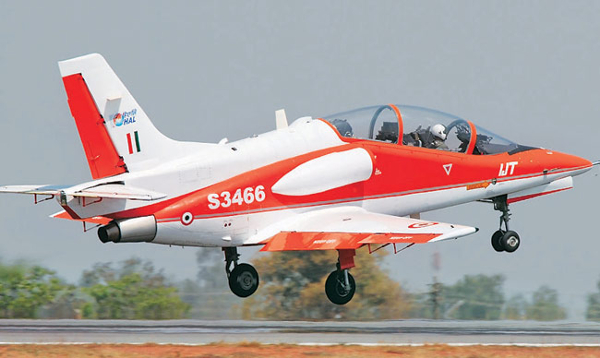In February last year, Hindustan Aeronautics Limited (HAL) and New Space Research & Technologies had signed an agreement “to explore cooperation for joint development and manufacturing of various products and systems in the area of unmanned systems, swarm technology and space systems.”
India has been a late starter in using drones as an attack strategy in modern warfare, in fact, the Rustom series is not a new phenomenon. It was initiated in the 80s by the DRDO by late Rustom Damania as part of operational requirements for the three services – Army, Navy and Air Force.
India’s Rustom-1 drones were first tested in 2009, although it failed in its first attempt, crashing to the ground.
In successive flights thereafter, Rustom-1 flew uninterrupted and is now part of Army’s arsenal but in 2020 with Chinese troops lurking along the Line of Actual Control(LAC), India’s defence establishment has felt the need to not only just upgrade its drone technology but “upgrade” its attack capability as well looking out for US technology in the form of MQ-9 Reaper drones.
India’s Rustom drones
A few years ago, India had test-launched the Rustom-2 drone at Chalakere in Karnataka’s Chitradurga district. It was primarily meant for surveillance built on the US predator model. The Rustom -2 series was initiated keeping in mind India’s defence needs.
The “test-flight” was significant considering it was the first flight in “user configuration with higher power engine” which generally means it has an enhanced surveillance capability, some observers feel upto 24 hours.
India has still not entered the “big game” of attack drones which is dominated by Israel and the US.
Kiran MK-II converted into CATS OMCA
Now reports say India has been testing the Kiran MK-II intermediate jet-powered trainer aircraft to convert it into CATS OMCA (optically-manned combat aircraft).
Retired IAF captain Harsh Vardhan Thakur who is an experimental test pilot with HAL, and Bengaluru-based New Space Research & Technologies have been working with Indian officials at HAL to reinvent the Kiran MK-II as an unmanned combat vehicle.
The experiment which is still its nascent phase can prove to be a gamechanger especially along the Line of Actual Control (LAC) as China continues to eye the eastern Ladakh region including areas in Arunachal Pradesh.
Reports say the experiment could also extend to the Russian-built MiG-21 and MiG-27 fighter jets.
HAL’s Combined Air Teaming System
The Kiran MK-II is India’s earliest two-seater intermediate jet-powered trainer aircraft manufactured by HAL which took flight in 1976. It was in production throughout the late 70s and was finally put out of production in 1989.
HAL had earlier unveiled its Combined Air Teaming System (CATS) which involved a mothership operating distantly with an autonomous unmanned aerial vehicle known as CATS Warrior to strike inside enemy territory.
The unmanned aircraft concept may look like a futuristic project but HAL seems to have made rapid strides in the last few years.
Source: WION
You may also like
-
IAF Aircraft Set Course For Exercise Eastern Bridge VII At Oman
-
IAF Set To Host The Indian Defence Aviation Exposition-II At Jodhpur
-
Defence Secretary to co-chair 5th India-Philippines Joint Defence Cooperation Committee meeting in Manila
-
Simultaneous Launch Of ‘malpe And Mulki’, Fourth And Fifth Ships Of Asw Swc (Csl) Project
-
Aatmanirbharta in Defence: MoD signs Contract with HAL for 240 AL-31FP Aero Engines for Su-30MKI Aircraft
